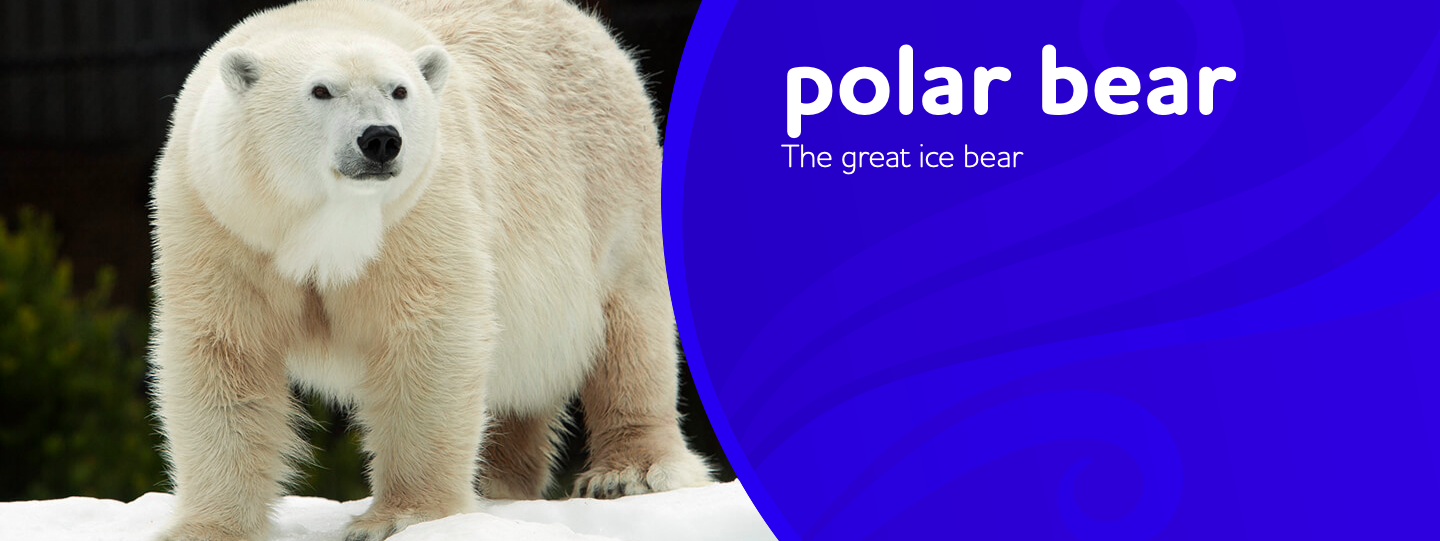
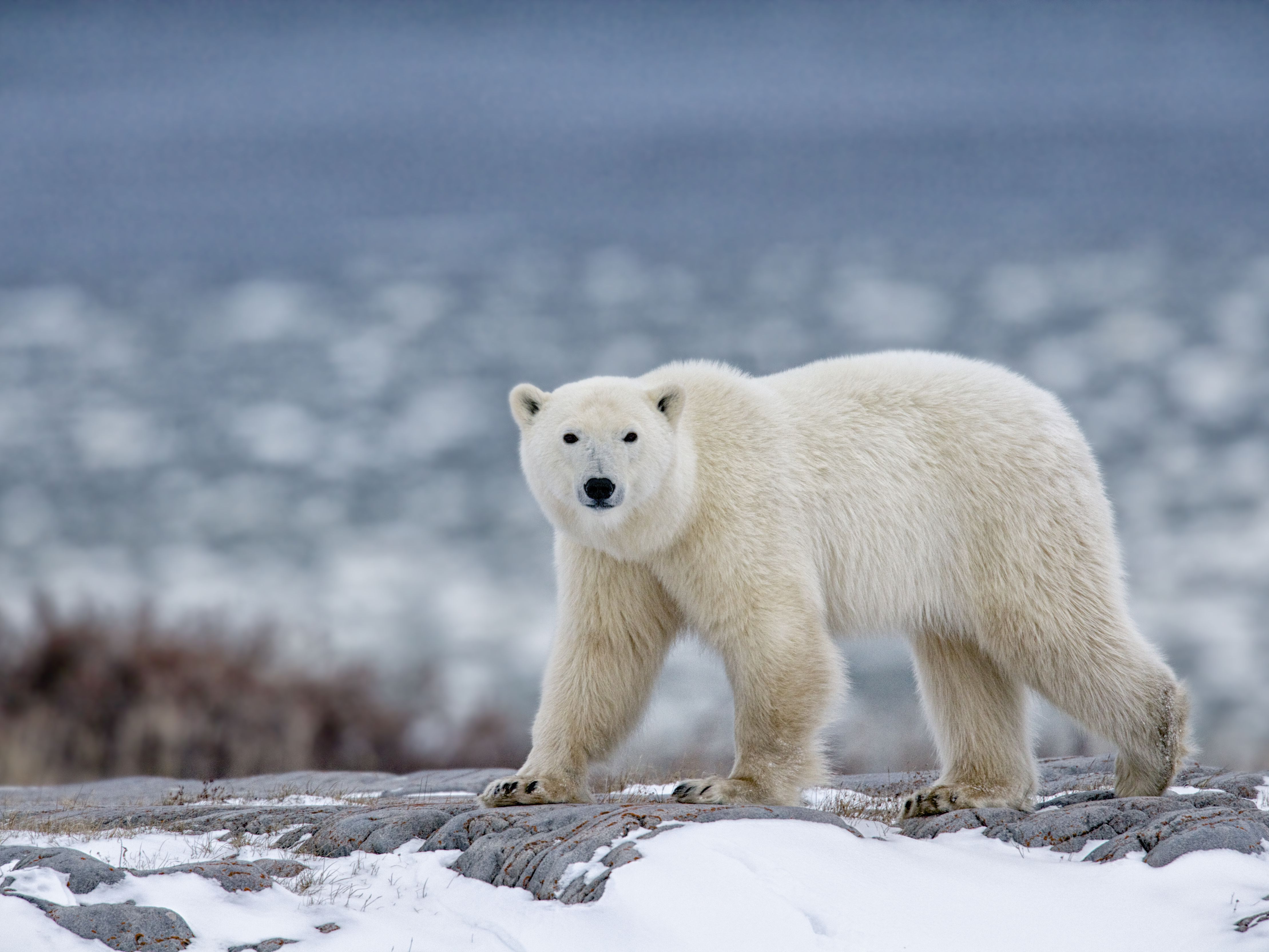
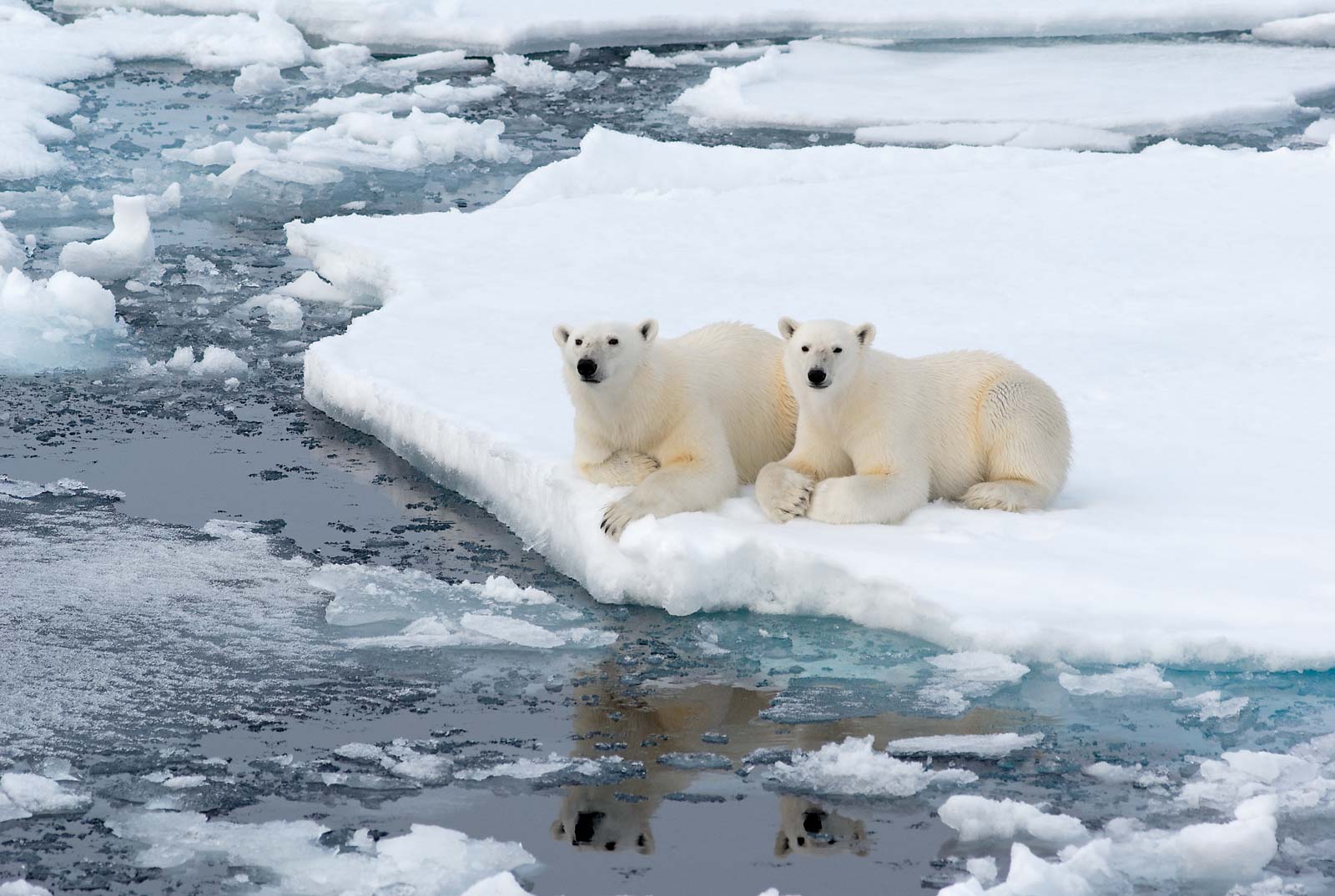


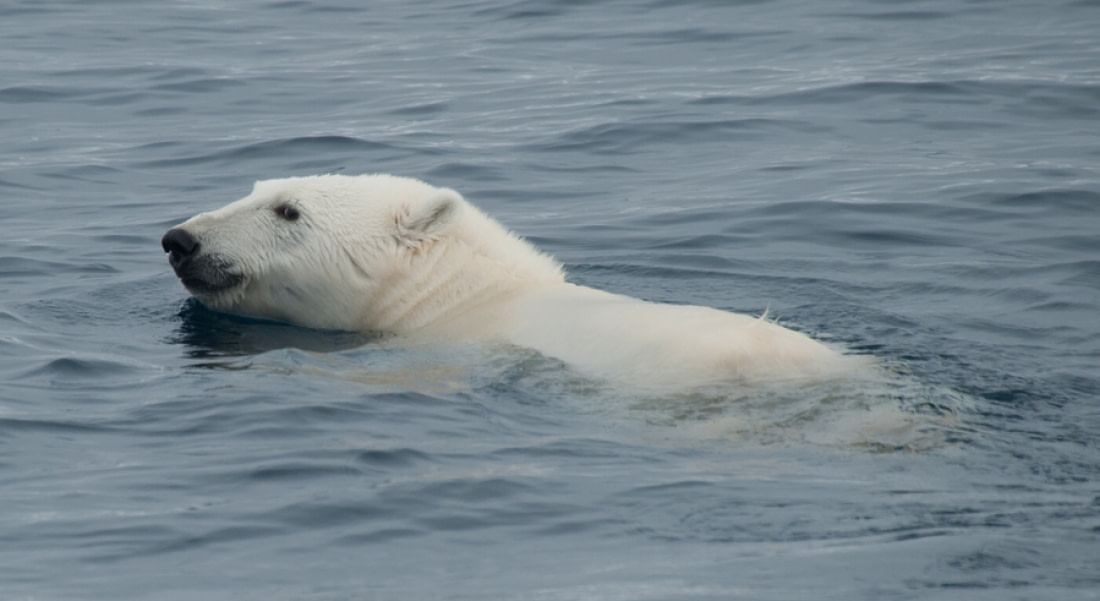
 Polar bears are only found in the Arctic. The most important habitats for polar bears are the edges of pack ice where currents and wind interact, forming a continually melting and refreezing matrix of ice patches and leads |
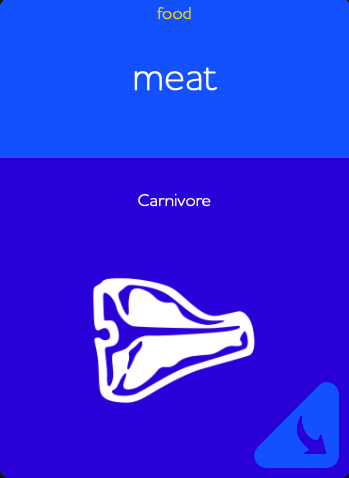 Polar bears eat mainly seals; also walrus, beached whales, caribou, and seaweed. |
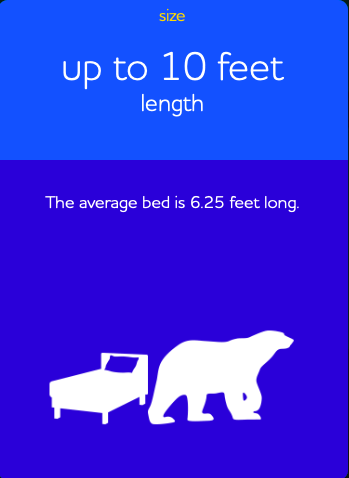
|
During winter, many bears stay warm by making a den and sleeping. Polar bears do not hibernate, but their body functions do slow down at this time. This is called "winter sleep," as the bears can easily be awakened. A mother bear can give birth and nurse her young while in her winter sleep.
Making their homes in Alaska, Canada, Greenland, Norway, and Russia, polar bears live on ice and snow, but that's not a problem-these bears have some cool ways to stay warm with 2 different layers of hair and thick fat.
For such a big animal, polar bears sure start out small! A cub is about the size of a stick of butter when it is born. It is born hairless, with its eyes closed. Milk from polar bear mothers is 35 percent fat; this helps the cubs grow quickly. By springtime, they weigh more than 20 pounds and start exploring with their mother outside the den.